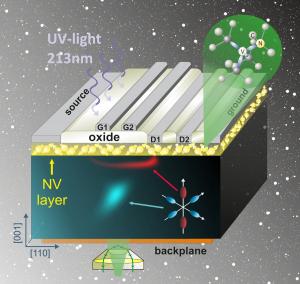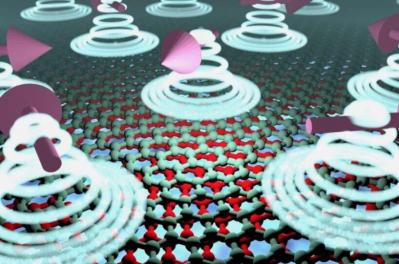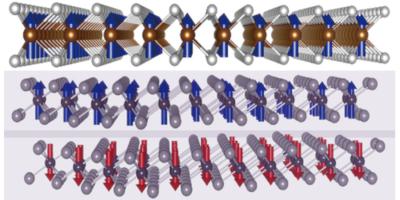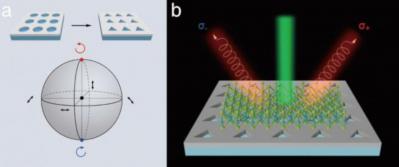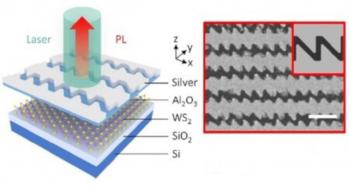Researchers demonstrate how few-cycle linearly polarized pulses can induce a high degree of valley polarization
Scientists from several research institutes in Germany and the UK have demonstrated that few-cycle linearly polarized pulses can induce a high degree of valley polarization.
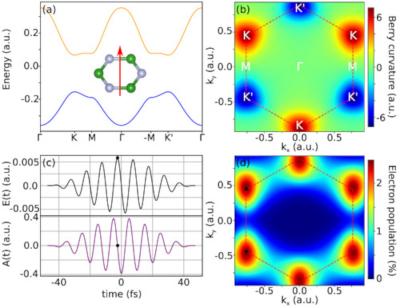
The mechanism to induce such polarization does not rely on the optical selection rules, and therefore can be in principle used in inversion symmetric materials, such as TMD bilayers or graphene. This could enable the design of ultrafast valleytronic devices.
